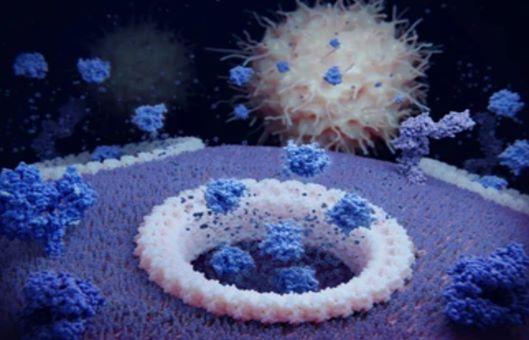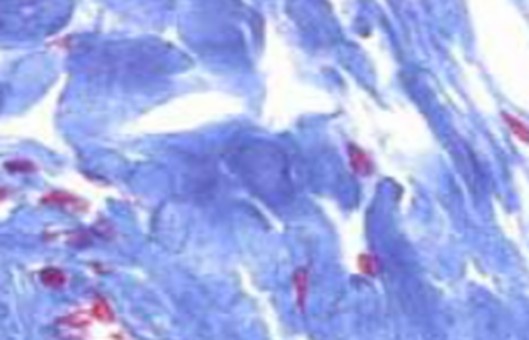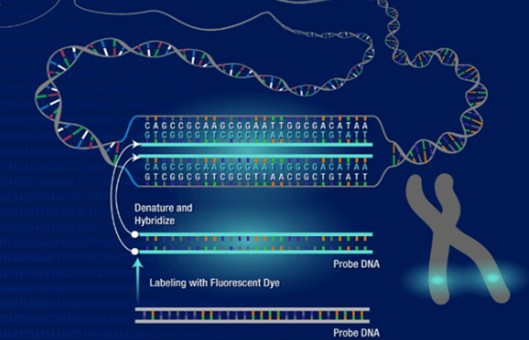Intracellular Cytokine Staining Protocol
GUIDELINE
A modification of the basic immunofluorescence staining and flow cytometric analysis protocol can be used for the simultaneous analysis of surface molecules and intracellular cytokines at the single-cell level. In this protocol, cells are first activated in vitro, stained for surface antigens, as in the regular staining protocol, and then fixed and permeabilized to allow for anti-cytokine antibodies to stain intracellularly. In vitro stimulation of cells is usually required for the detection of cytokines by flow cytometry since cytokine levels are typically too low in freshly prepared cells. Stimulation of cells with the appropriate reagent will depend on the cell type and the experimental conditions. For example, to stimulate T cells to produce IFN-gamma, TNF-alpha, IL-2, and IL-4, a combination of PMA (a PKC activator) and Ionomycin (a calcium ionophore) or anti-CD3 antibodies are used. To induce IL-6, IL-10, or TNF-alpha production by monocytes, stimulation of PBMCs with LPS is used.
METHODS
Fixation
- If staining intracellular antigens (e.g. IFN-γ or IL-4), first perform cell surface antigen staining, then fix cells in 0.5 ml/tube fixation buffer in the dark for 20 minutes at room temperature.
- Centrifuge at 350 x g for 5 minutes, discard supernatant.
- Wash cells 1 x with cell staining buffer. Resuspend cells in cell staining buffer and store cells at 4°C (short term) or in 90% FCS/10% DMSO for storage at -80°C (long term, for fixed cells without surface antigen staining). The frequencies of cytokine-producing cells present in activated human PBMC cultures can vary widely due to donor variability. Therefore, cryopreserved cells from a single donor are useful for longitudinal studies.
Permeabilization
- Dilute 10 x permeabilization wash buffer to 1 x in DI water.
- Resuspend fixed cells in permeabilization wash buffer and centrifuge at 350 x g for 5-10 minutes.
- Repeat step 5 twice.
Intracellular staining
- Resuspend fixed/permeabilized cells in residual permeabilization wash buffer and add a predetermined optimum concentration of fluorochrome-conjugated antibody of interest (e.g. anti-IFN-γ-PE) or an appropriate negative control for 20 minutes in the dark at room temperature.
- Wash 2 x with 2 ml of permeabilization wash buffer and centrifuge at 350 x g for 5 minutes.
- If the primary intracellular antibody is biotinylated, it will be necessary to perform fluorochrome-conjugated Streptavidin incubations and subsequent washes in permeabilization wash buffer.
- Resuspend fixed and intracellularly labeled cells in 0.5 ml cell staining buffer and analyzed with appropriate controls.
Creative Bioarray Relevant Recommendations
- Creative Bioarray offers a variety of fluorescent dyes and special dyes to help you better understand molecular biology and drug development research. We also offer a variety of comprehensive and reliable special staining services to fit all individual needs.
NOTES
- To confirm specific anti-cytokine staining, a blocking experiment is recommended in which cells are fixed/permeabilized then preincubated with an excess amount of unlabeled anti-cytokine antibody and/or the recombinant cytokine of interest is preincubated with fluorochrome-conjugated anti-cytokine antibody before its addition to the cells.
- Activated cell populations can be prepared from in vivo-stimulated tissues or from in vitro-stimulated cultures (e.g., antigen-specific activation or mitogen-induced). It is critical to include a protein transport inhibitor such as brefeldin A in the last 4-6 hours of cell culture activation. The cells can be suspended and distributed to 12 x 75 mm plastic tubes or microwell plates for immunofluorescent staining.
- Different cytokines/chemokines have different production peaks. To obtain optimal staining signals, the stimulation conditions for each stimulant need to be optimized.
- Some antibodies recognizing native cell surface markers may not bind to fixed/denatured antigens. For this reason, it is recommended that staining of cell surface antigens be done with live, unfixed cells before fixation/permeabilization and staining of intracellular cytokines. Altering the procedure such that cells are fixed before staining of cell surface antigens requires that paraformaldehyde-denatured antigen-reactive antibody clones be empirically identified.


